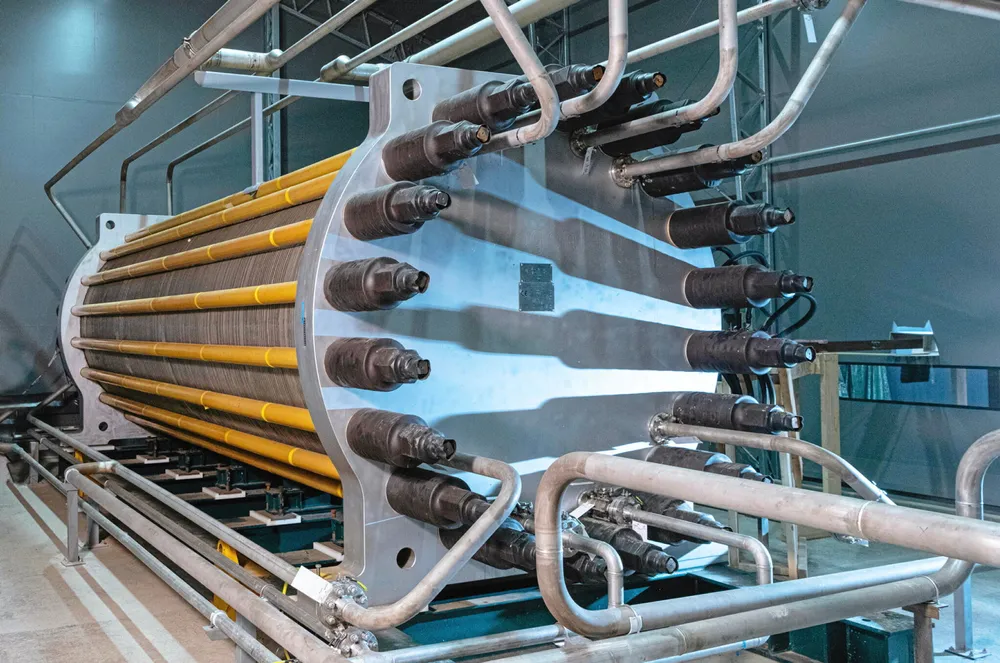ANALYSIS | How much does a kilogram of green hydrogen actually cost? Well, it’s complicated
A wave of models for calculating the cost of producing renewable H2 have emerged, as well as the first index of actual trades. But how far can these go towards setting a fair market value?
